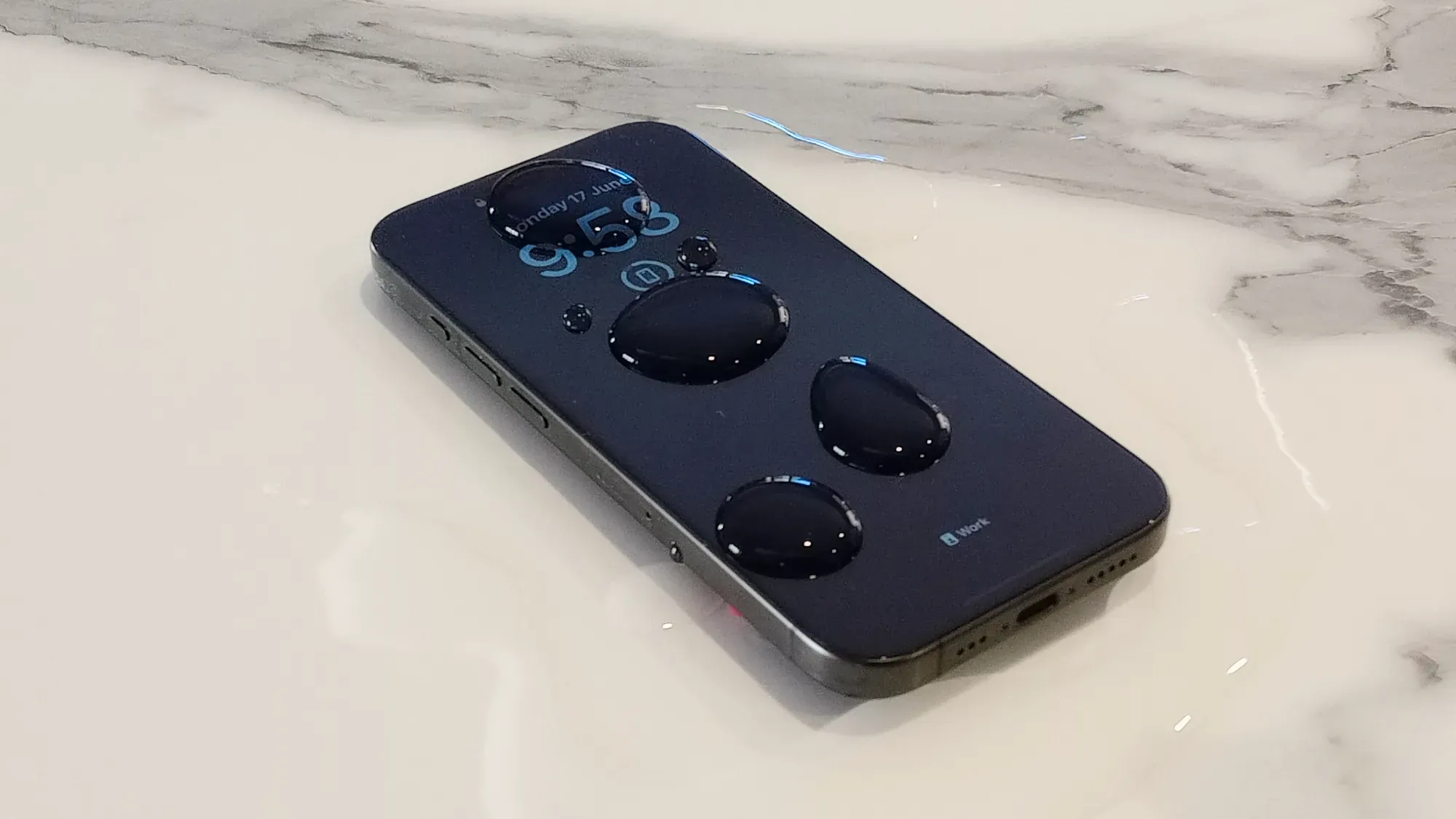I realised recently when reviewing a phone that it would probably be useful to break down in detail exactly what an IP rating is.
I mean, it’s almost always explained in context of a product’s specs or through a review that the IP rating explains the level of dust and water resistance of the product.
But what does it actually mean? What are the different numbers available? What do they mean? What does an X symbol stand for?
That’s what this guide is for. Bookmark if you have to, but my goal here is to break down everything you need to know about the IP rating, and why it’s important. The last thing you want to do is take a gadget you think is waterproof beyond its rating and end up with a waterlogged paperweight.
What is IP, anyway?
No, it’s not “intellectual Property”, at least not in this context.
IP stands for “Ingress Protection”. That means it is a measure of how well an electronic or mechanical device resists ingress from foreign bodies like dust or dirt, and how well it resists moisture.
When a device communicates its IP rating, it is typically listed with the letters IP, followed by two numbers.
I’ll break down the specifics of each number below, but for now just know that the first digital is used to describe the device’s resistance to solids, like dust, while the second refers to its resistance to liquids.
Occasionally, you will see an “X” in there as well. This means that the device hasn’t been rated for that particular resistance.
So, for example, IPX7 means that the device has been rated to resist liquid, but has no rating for dust or dirt protection.
Similarly, a gadget rated IP5X is going to resist dust, but hasn’t been rated to resist water getting inside.





